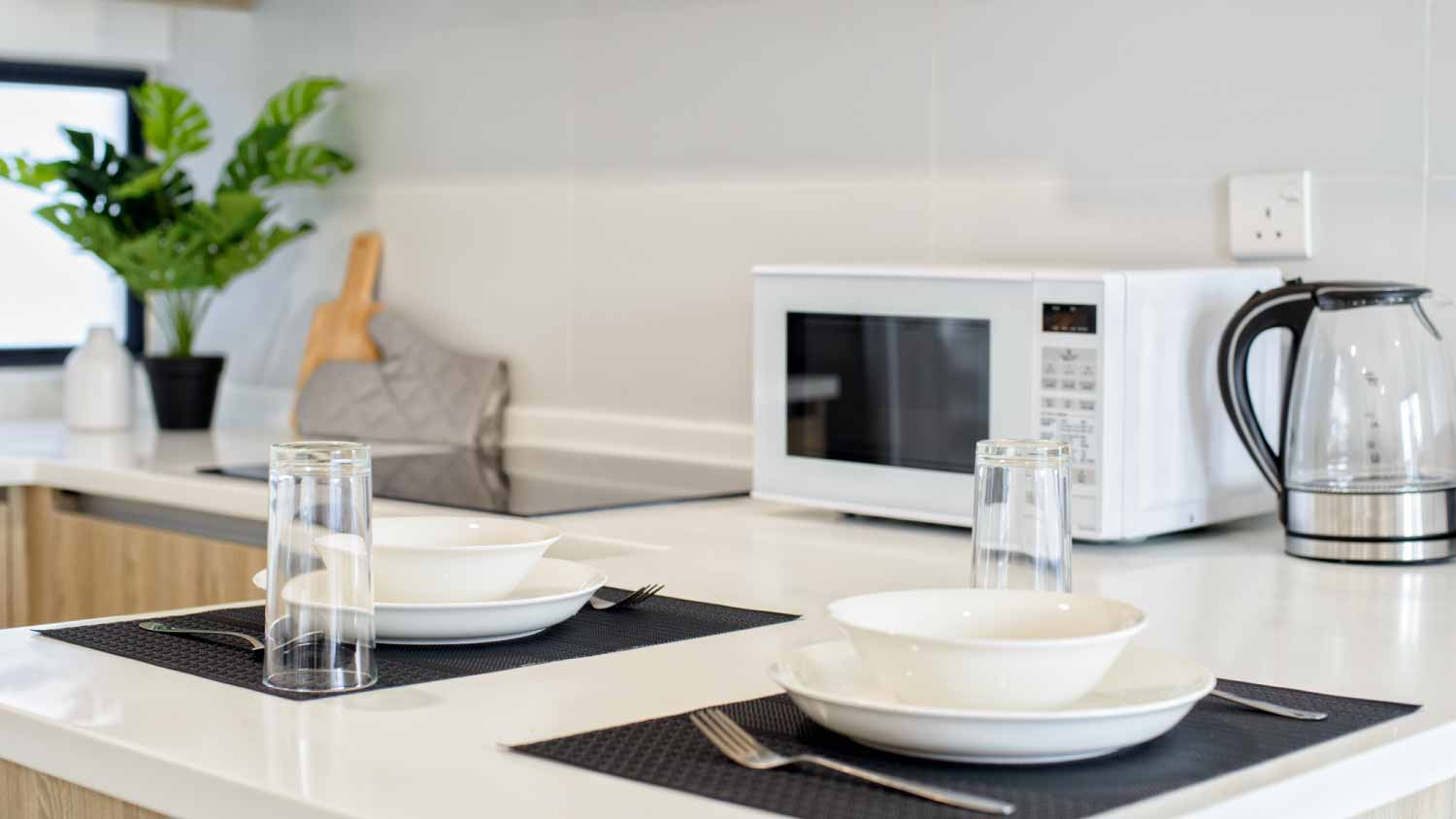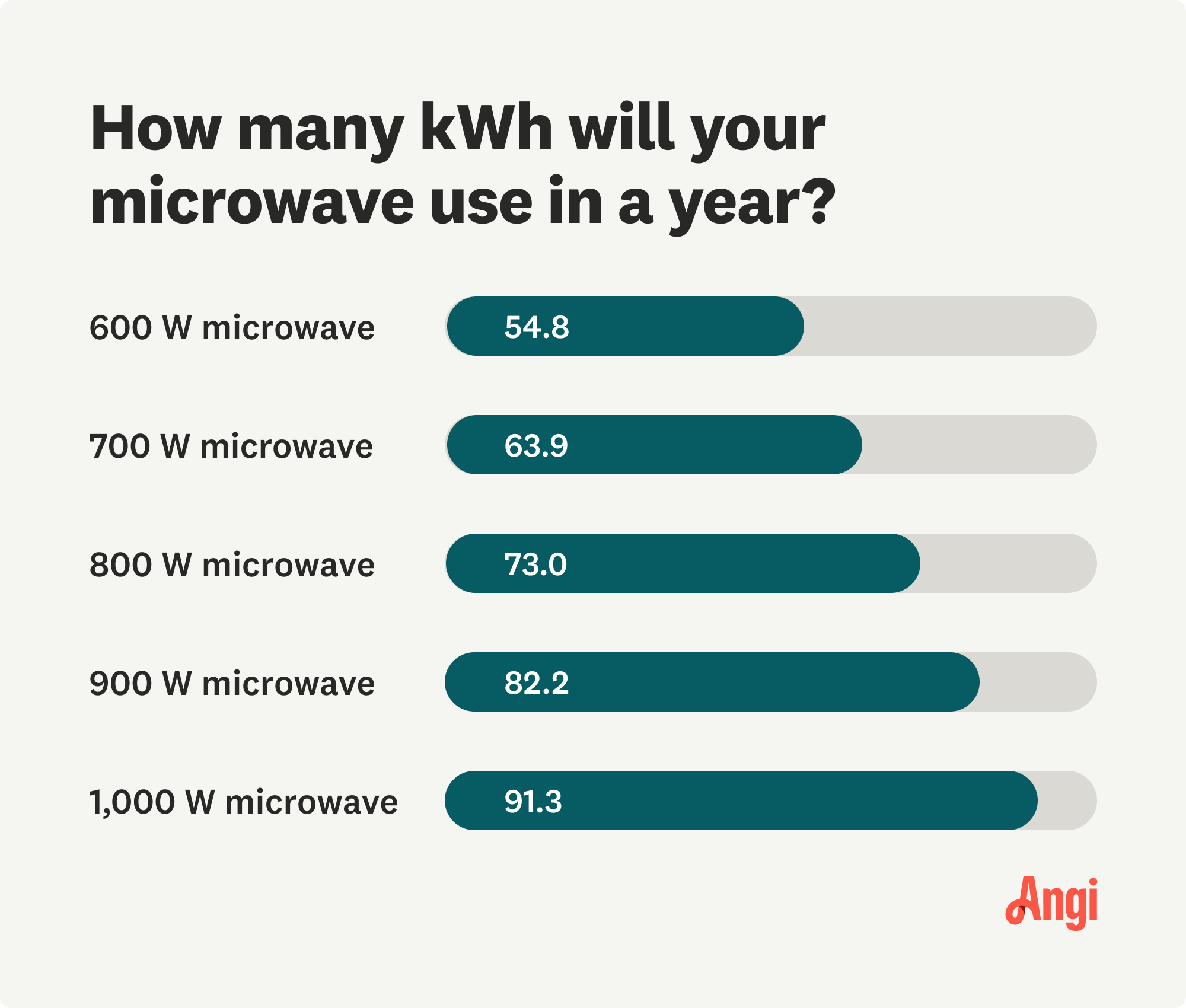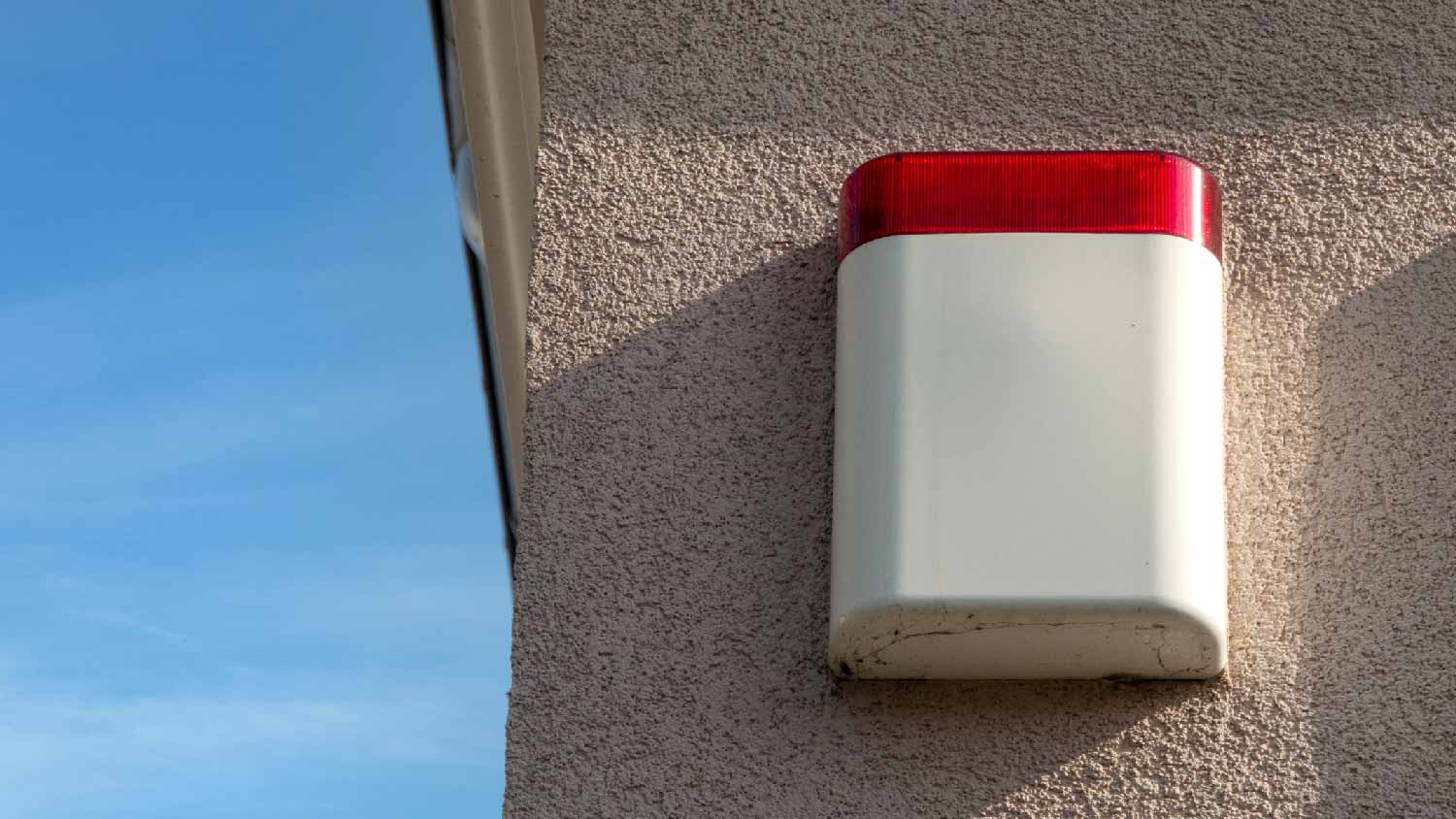
How much does adding an electrical outlet cost in Columbus? Get details on average pricing, permit needs, and what affects the total cost.
Learn the secret behind your microwave’s reheating prowess


Wattage is used to measure the power of your microwave.
Most household microwaves are between 800 and 1,000 watts.
Low-wattage microwaves are found in hotel rooms or very minimal kitchens.
Wattage over 1,100 is typically reserved for commercial use.
If you wonder why your neighbor can reheat that casserole you sent over in 2 minutes, but your microwave can’t handle your leftover takeout, the answer may be the wattage. Higher-wattage microwaves can heat more efficiently and quickly than lower-wattage models, which are better suited to warming beverages and reheating small amounts of food.
Beyond cooking ability, wattage is important to understand as it directly corresponds to how much energy your appliance uses—and how much you spend on your monthly electricity bill.
A microwave’s wattage measures its strength. The higher the wattage, the more effective it is at heating quickly and evenly. On the other hand, the higher the wattage, the higher the price tag: Higher-wattage microwaves consume more energy, so you will need to weigh your desire for a quickly reheated lasagna against your desire for a lower electricity bill each month.
Many professional kitchens require microwaves with wattages over 1,100 to cook or heat large servings of food. If you have a large family, you might purchase a microwave with this much wattage, but the average homeowner does not need anything this powerful.

Microwaves come in a range of different wattages. On average, home microwaves are between 600 and 1,000 watts (W).
Compact microwaves: Usually 600W to 800W and often found in a hotel room or small kitchen. These microwaves handle simple tasks like reheating drinks and small plates of food just fine but will take longer to heat than stronger models.
Standard microwaves: Usually between 800W and 1,000W and found in most modern homes. These models can efficiently and quickly reheat most foods and meals. Microwaves on the higher end of this wattage range can cook instant meals and raw proteins, defrost foods, and reheat larger dishes like casseroles.
Commercial microwaves: Over 1,000W and designed for restaurants or very high-end home kitchens. Unless you need to reheat large amounts of food or are a culinary professional, a microwave with over 1,000W is likely unnecessary.
If you’ve discovered that your current microwave is not cutting the mustard, it might be time for a new model with a higher wattage. A local appliance installer can help you set up your new microwave in no time. A new microwave can cost from $50 to $2,000 depending on several factors, such as size, wattage, smart features, and more.
To determine how much electricity your microwave uses, you need to know the appliance's wattage and the average amount of time you use it daily. Assuming you use your microwave for 15 minutes daily, the energy used in a year can range from 54.8 kilowatt-hours (kWh) to 91.3 kWh, depending on the appliance’s wattage.

Now that you know the average kWh your microwave uses, you can calculate how much you’re paying each year for electricity to run it. To do this, you must know how much your utilities cost you. Most utility companies bill this as a cost per kWh. Utility costs can vary greatly across different regions, but the Bureau of Labor Statistics data shows the national average cost is $0.165 per kWh. Once you have that data, take the estimated yearly microwave electricity usage in kWh, multiply that number by your electricity rate, and divide that by 12.
An 800W microwave used for 15 minutes daily will cost $15 per year or $1.25 monthly to operate.
From average costs to expert advice, get all the answers you need to get your job done.

How much does adding an electrical outlet cost in Columbus? Get details on average pricing, permit needs, and what affects the total cost.

How much does rewire house cost in Columbus? Learn the major factors that impact the price and how it can help increase your home's value.

The average cost to replace an electrical mast is around $750, depending on the size and extent of the replacement. Read on to budget for a meter riser.

Removing an alarm system may require the assistance of a professional electrician. Find out the average cost to remove old house alarms.

If your home contains original aluminum wiring, you may want to take action to avoid danger. Learn why aluminum wires are hazardous and how you can address these issues safely.

Wiring your house for ethernet can provide high speed, reliable, and secure internet access. Here’s who can ethernet wire through your walls.